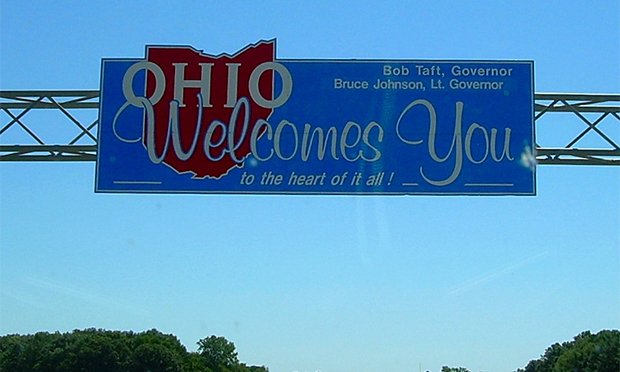 The implications of these court cases stretch beyond COVID, as they could come to bear during future pandemics and even potentially impact claims stemming from environmental hazards or climate change. (Credit: ErgoSum88/Wiki Commons)
The implications of these court cases stretch beyond COVID, as they could come to bear during future pandemics and even potentially impact claims stemming from environmental hazards or climate change. (Credit: ErgoSum88/Wiki Commons)
With two federal courts in the state handing down divergent rulings on whether COVID-19 would constitute a physical loss for business interruption (BI) claims, Ohio is the center for these cases, with judges around the country watching to see which side prevails during appeals.
Recommended For You
Want to continue reading?
Become a Free PropertyCasualty360 Digital Reader
Your access to unlimited PropertyCasualty360 content isn’t changing.
Once you are an ALM digital member, you’ll receive:
- Breaking insurance news and analysis, on-site and via our newsletters and custom alerts
- Weekly Insurance Speak podcast featuring exclusive interviews with industry leaders
- Educational webcasts, white papers, and ebooks from industry thought leaders
- Critical converage of the employee benefits and financial advisory markets on our other ALM sites, BenefitsPRO and ThinkAdvisor
Already have an account? Sign In Now
© 2025 ALM Global, LLC, All Rights Reserved. Request academic re-use from www.copyright.com. All other uses, submit a request to [email protected]. For more information visit Asset & Logo Licensing.








